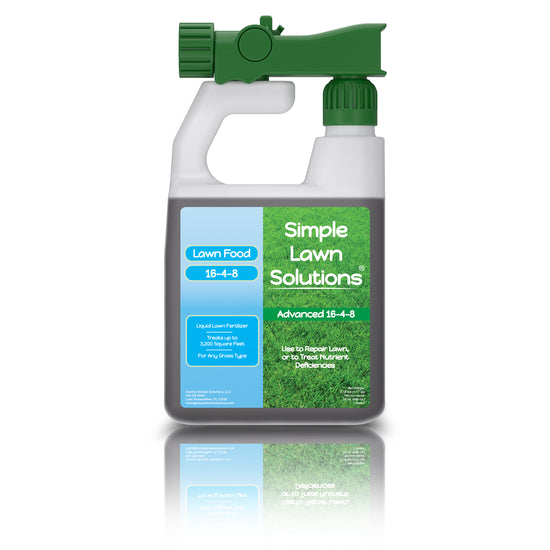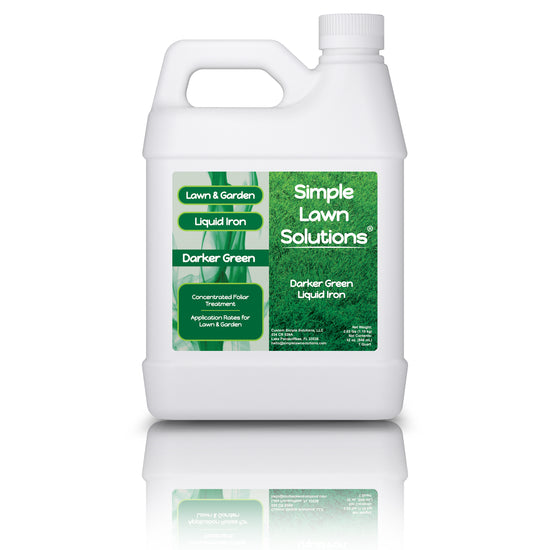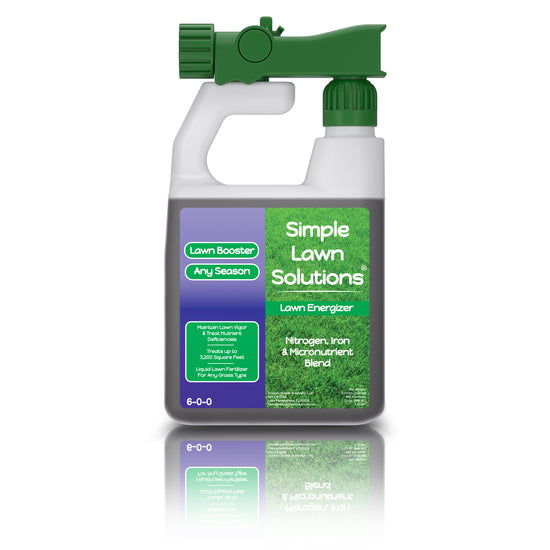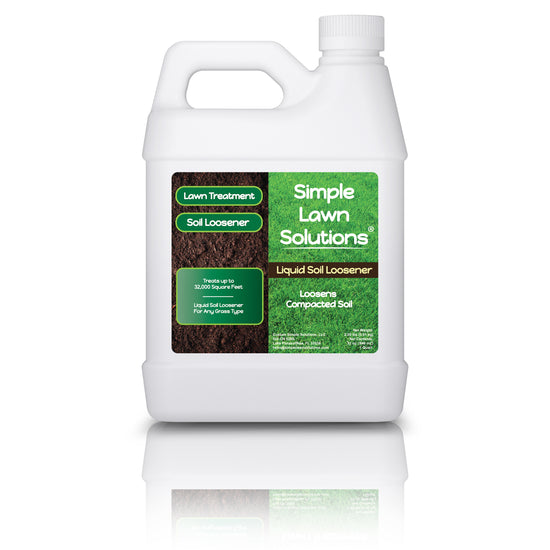All homeowners want a deep green, weed-free lawn. It gives the “master of the grounds” a special feeling when they come home at the end of the day or sit on the front porch and admire their masterful work. A deep green lawn comes from proper fertilization, mowing, watering, and soil health management. Below are the best practices to achieve a lush, vibrant green lawn year-round.
Essential Lawn Care Nutrients: Macronutrients
Nutrients within the soil are of the utmost importance when starting a fertilization program to achieve a deep, green lawn. Nutrients react to grass type, soil conditions, and climate. Grass needs three primary nutrients to thrive:

-
Nitrogen (N) – Encourages greening and leaf growth.
-
Phosphorus (P) – Supports roots and turf establishment.
-
Potassium (K) – Essential for plant function and overall turf vigor.
Without enough nitrogen, lawns turn pale green or yellow and grow slowly. Proper fertilization encourages turf density, which helps crowd out weeds and prevent disease. Liquid fertilizers help replenish nutrients lost through mowing, rainfall, and irrigation, and organic fertilizers further improve soil structure and microbial activity while adding to long-term lawn health. Fertilizer isn’t the only factor in a green lawn, but it is one of the most important; other factors playing significant roles are proper mowing, watering, and aeration.
What To Know Before Applying Fertilizer
Before fertilizing your lawn with Simple Lawn Solutions products, you should consider the following factors to ensure you apply the right product at the right time:

1. Identify Grass Type
Different grass types have different fertilizer needs. Identify whether your lawn is cool-season grass (c3) or warm-season grass (c4). Cool-season grasses, such as Kentucky bluegrass, fescues, and ryegrass, prefer spring and fall fertilization. Warm-season grasses, such as Bermuda, Centipede, Zoysia, Bahia, Seashore Paspalum, and St. Augustine, grow actively in summer and benefit from fertilization in spring and summer. Nitrogen requirements for some grasses are higher, while others require a balance of nitrogen (N), phosphorus (P), and potassium (K). Bermuda, Kentucky bluegrass, and Perennial ryegrass thrive with higher nitrogen, so including Simple Lawn Solutions nitrogen fertilizers like 16-4-8 and Lawn Energizer will green your lawn rapidly.
Centipede and fine fescue grasses can be easily damaged by too much nitrogen, while St. Augustinegrass is sensitive to iron deficiency. Applying Lawn Energizer will boost iron and bring a deep green color. Managing the amount of nitrogen applied is critical, as too much nitrogen can leave turfgrass more susceptible to diseases.
2. Test Your Soil
Soil pH for most lawns thrive in a pH range of 6.0 to 7.0. Nutrients applied through fertilization may not be adequately absorbed if your soil is outside this range. A soil test will reveal deficiencies in nitrogen (N), phosphorus (P), potassium (K), iron, and micronutrients. Knowing what is in your soil will help determine what fertilization program is required for your lawn. Applying too much nitrogen (N) can cause burning, thatch buildup, and excessive growth, leading to higher maintenance and potential disease issues.
Typically, phosphorus levels in soils are adequate and should be applied sparingly due to environmental dangers from runoff. High potassium (K) levels can interfere with nutrient uptake and be applied to your lawn when unnecessary. Nutrients like nitrogen and phosphorus become less available when the soil is below 5.5 on the pH scale. Micronutrients such as iron and manganese may become locked in the soil and cause deficiencies when the pH exceeds 7.5. The soil pH must be optimum (6.0-7.0) for most nutrients within the soil to be absorbed and used by the grass plant.
3. Fertilizer Formulas To Match Conditions
Choosing the right fertilizer formula when using Simple Lawn Solutions products is critical to ensure your lawn gets the proper nutrients at the right time. Using the wrong fertilizer can lead to poor grass growth, nutrient imbalances, wasted money, and even lawn damage. Simple Lawn Solutions offers various formulas for different lawn needs. High-nitrogen fertilizers, Lawn Energizer, and Advanced 16-4-8, promote deep green color and lush growth. Phosphorus-Rich Fertilizers, Growth Booster 3-18-18 are ideal for new sod or seeding. Potassium-rich fertilizers, 15-0-15 and 0-0-25 Lawn Food support turf during the summer. Micro Booster and Darker Green, with Iron & micronutrients, will enhance the lawn’s deep green color without excessive growth.
Fertilizers contain three primary nutrients, and each formula has a different N-P-K (Nitrogen-Phosphorus-Potassium) ratio to target specific lawn needs:











